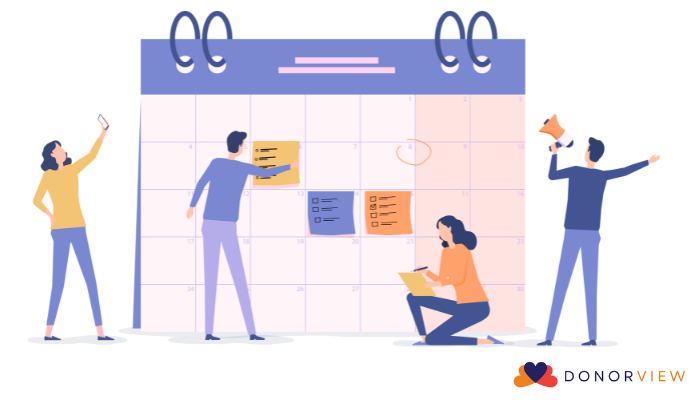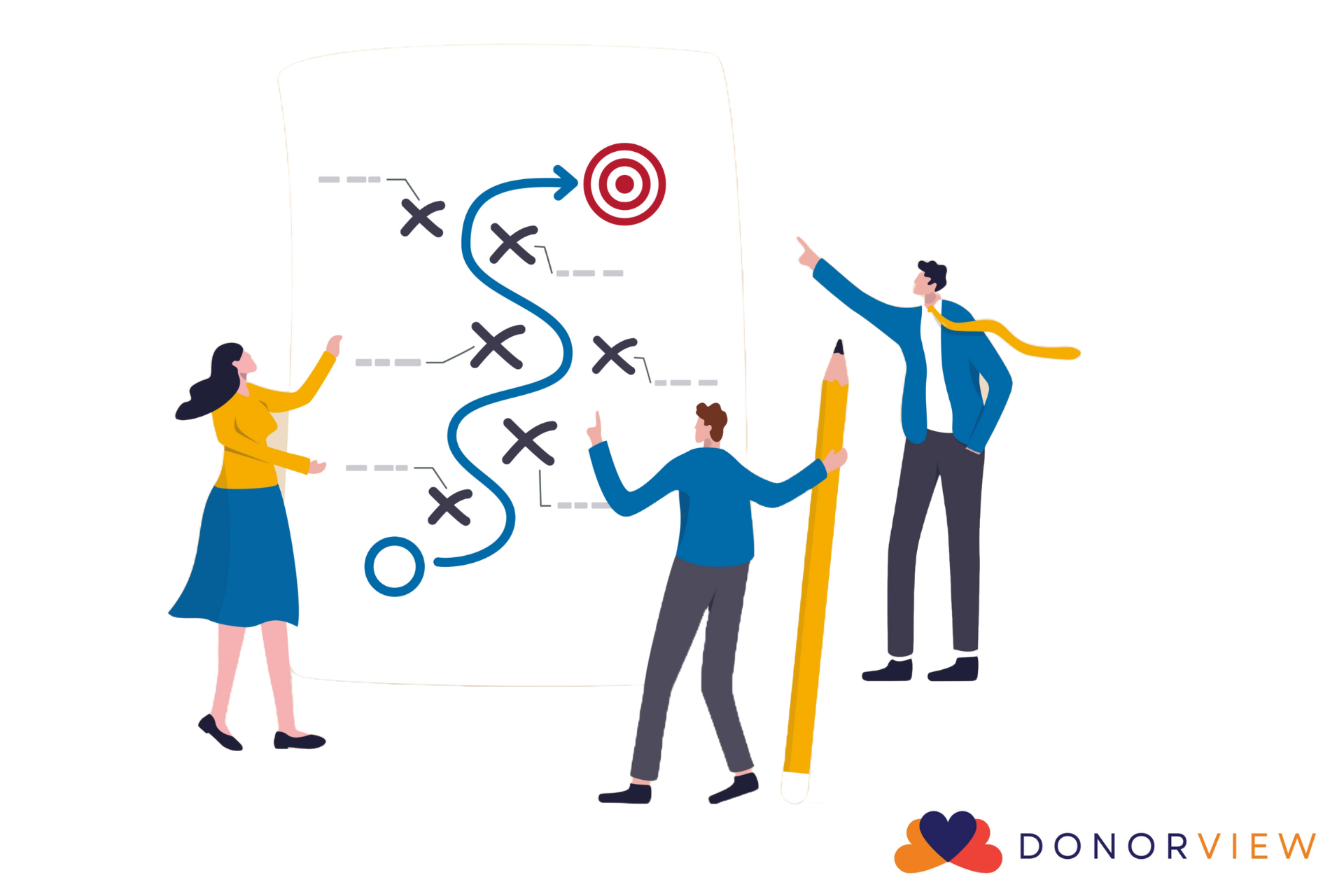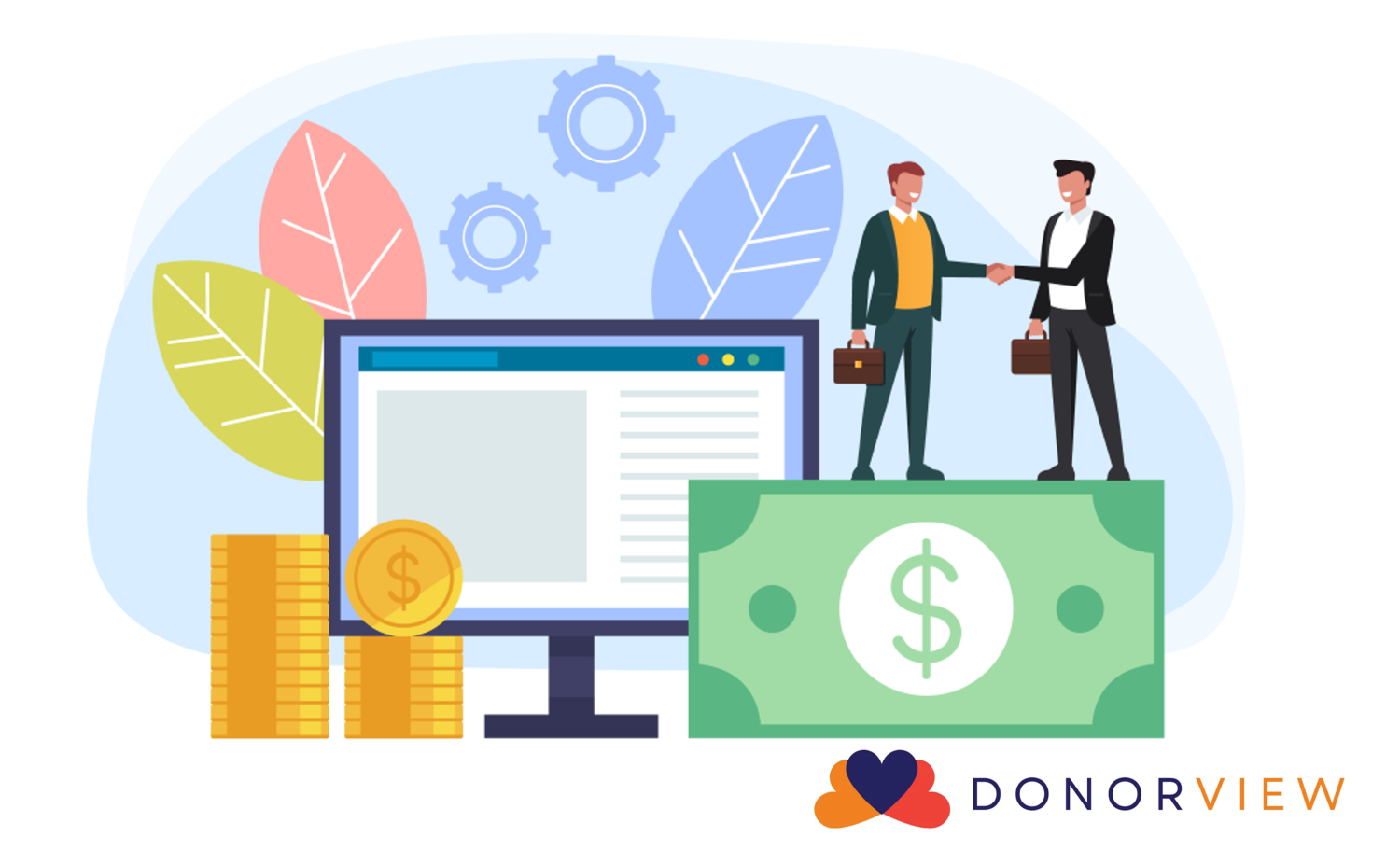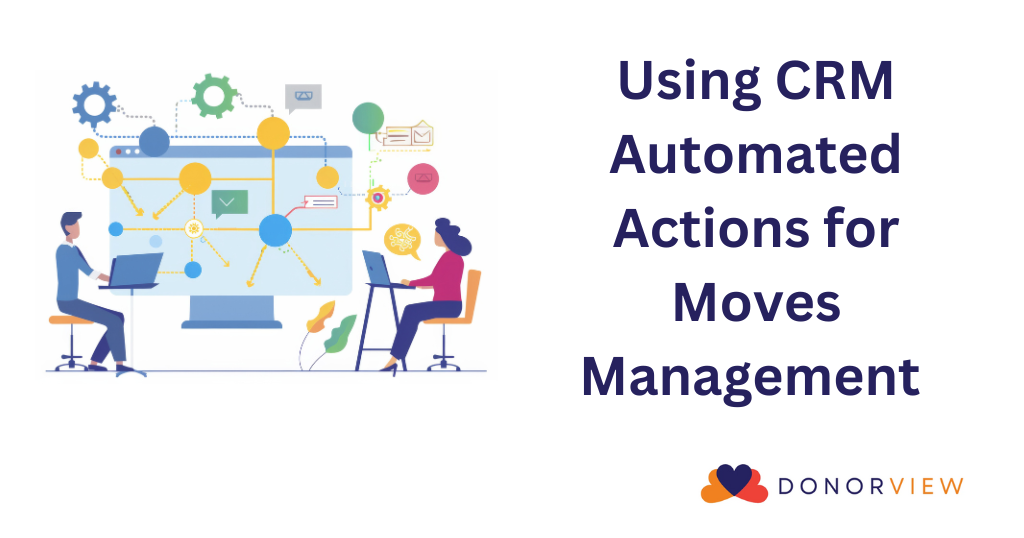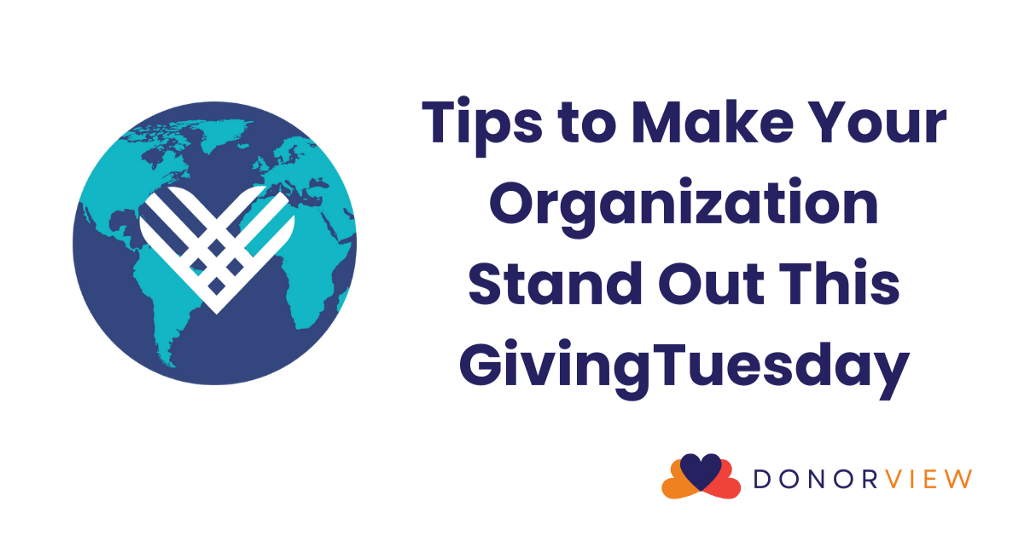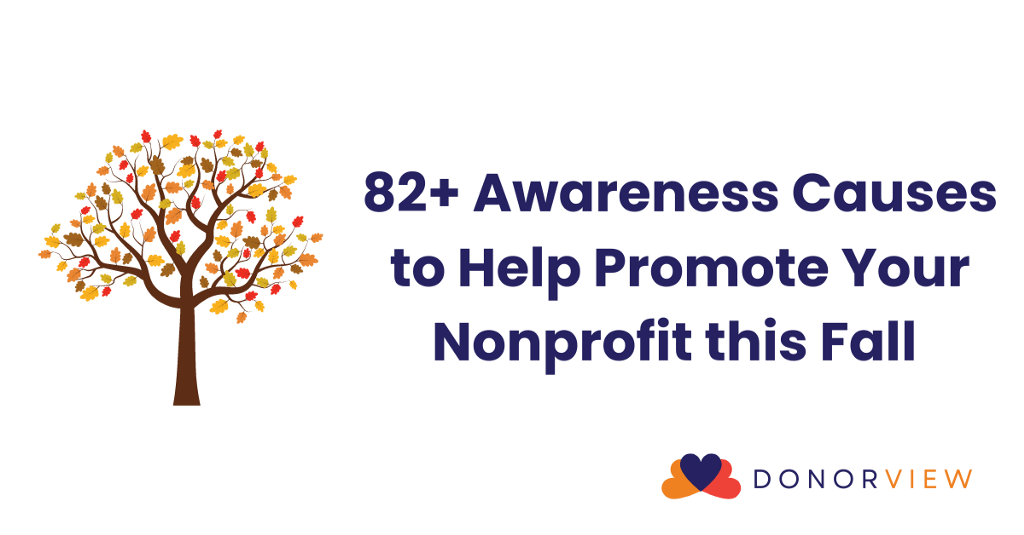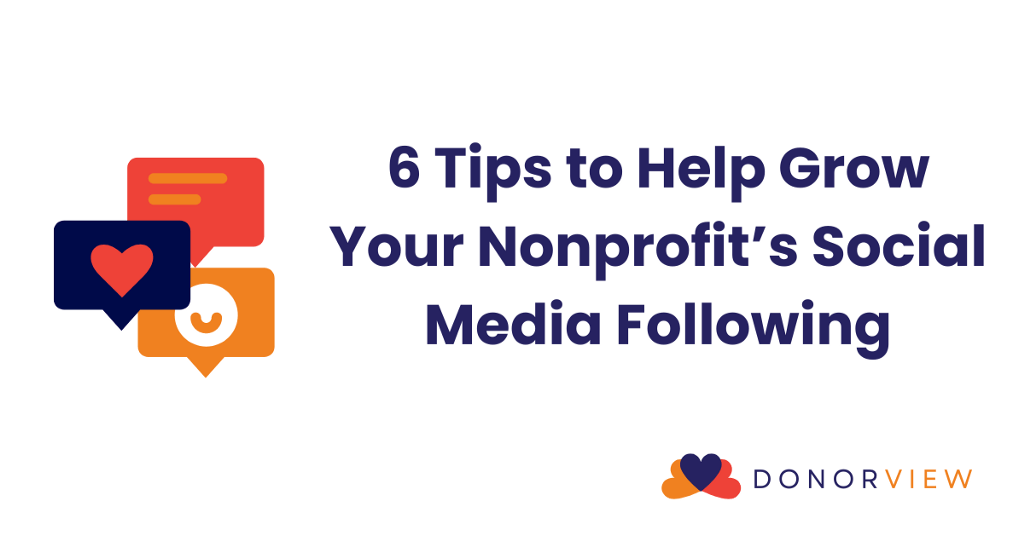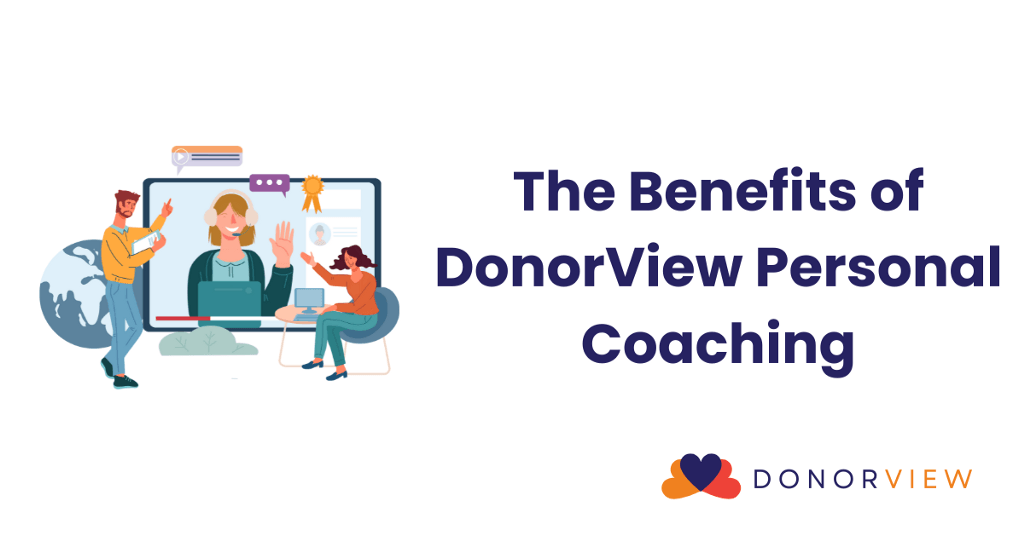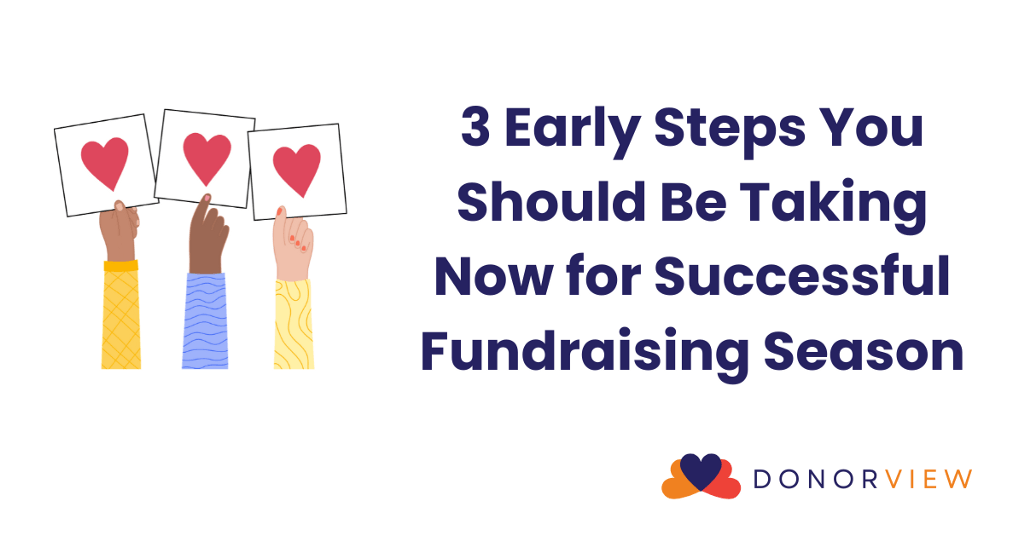10 Ways to Thank and Retain Donors This Season of Giving
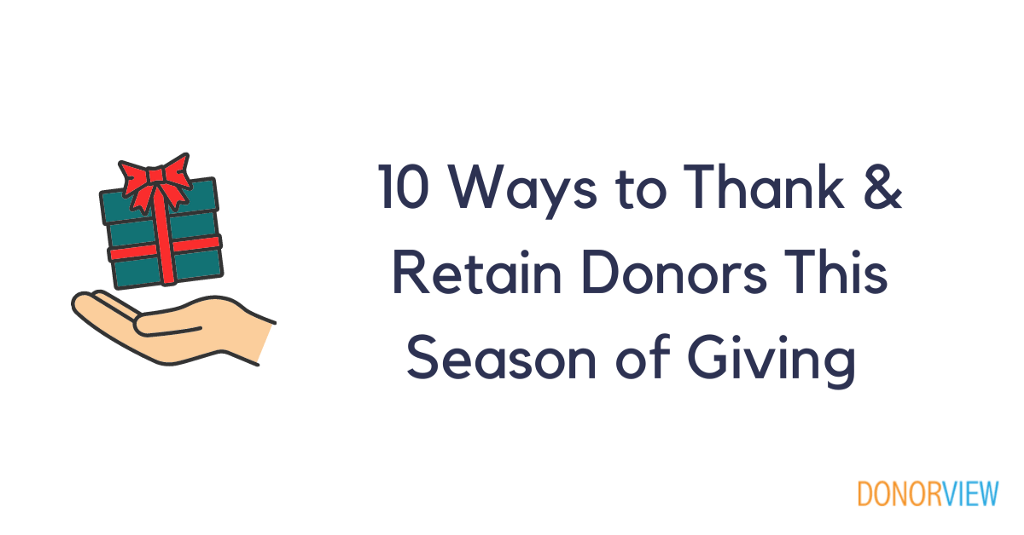
The end of the year is arguably the busiest when it comes to nonprofit fundraising. People are more prone to give for the holidays and GivingTuesday than any other time of year. When it comes to showing donor appreciation, expressing gratitude is one thing, but building a relationship with your donors is what will set your organization apart. Take time to read through some of these thank you ideas that will help make your donors feel extra special during this season of giving.
1. Introduce Your Organization with a Welcome Packet
If someone is donating for the first time, this is the perfect time to make a great first impression and set yourself apart. Send over a physical or digital welcome packet that includes a thank you letter, an introduction to your mission and team, photos that illustrate your organization and a heartfelt story that showcases what a donation does for your organization. You want donors to know they are welcomed and appreciated within your organization right off the bat.
2. Send a Donation Anniversary Note
Keep a good record of past donors and their contributions. DonorView makes this easy by allowing you to filter your donations by years, amounts, etc. Go through and see who donated this time last year, and remind them how much that support meant. This opens up the opportunity to encourage them to see what your organization has done in the past year and donate again.
3. Give a Shout-Out on Social Media
If a donor makes a big contribution, make sure to acknowledge this in a unique way! Tag your donor in a photo, video or message thanking them for their contribution. It’s a win-win to help provide you with more social media content and make your donor feel special. This makes it easy for donors to share and promote your organization to their own network as well.
4. Send Out Handwritten Notes
There’s something special about receiving a handwritten note on paper these days. It surpasses the experience of receiving a digital thank you by making it more personal. Need some help? Gather up your board members, volunteers or those you serve and ask them to help write personalized thank-you notes.
5. Feature Donors in an Upcoming Newsletter
Looking for a new segment for your end-of-year newsletters? Highlight your donors by writing up a nice feature about them and how much you appreciate their contributions to your organization.
6. Give Them a Call
Don’t forget that not all of your donors are on social media. Sometimes a simple call can set things apart from the typical email or text message. This is an easy way to establish a relationship with your donors and get to know them on a more personal level.
7. Feature Them on Your Website
Reserve a page on your website to acknowledge donors by featuring them and a testimonial of why they continue to give to your organization. This is a simple way to highlight recurring donors and people who are passionate about supporting your cause.
8. Put a Donor Wall On Display
Have you thought about filling up a wall in your facility with your donors’ names? This is a great visual way to highlight the support of your donors during the holidays. Share the progress of the wall on social media and encourage people to help you fill it up!
9. Send a Video to Your Donors
Sometimes people need something more visual than words. Showcase what goes on behind the scenes of your organization and what donations can provide along with your thank you. This can be a simple video recorded on your phone or even a TikTok.
10. Send out Acknowledgements Instantly
Above all else, it’s important to acknowledge your donor’s gift as soon as it’s received. Sometimes things get busy and hectic, so when you can’t utilize some of the creative ways above, it’s still important to always acknowledge any gift that comes in. With DonorView, you can customize your own automated emails right in the software as well as internal follow-up reminders based on triggers. For example, if one of your supporters donates for the first time, they could get an email in 7 days, another one in 30 days, a reminder could go to your Director to call them in 60 days and an anniversary email 365 days after.
Looking for a software that gives you more time to focus on making your donors feel appreciated?
